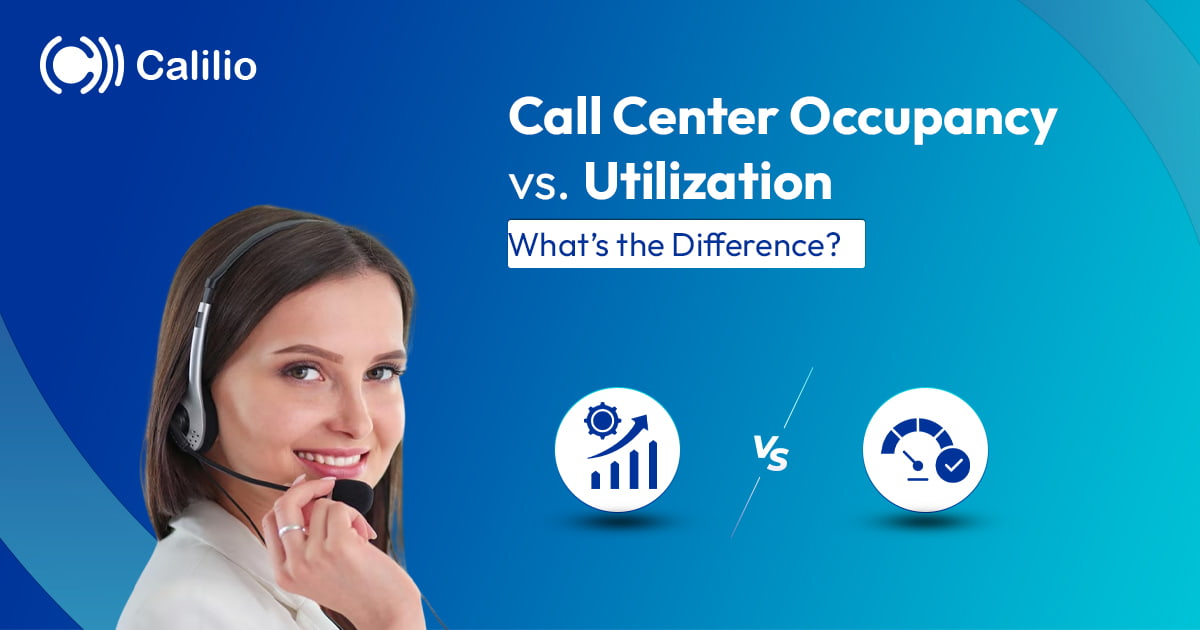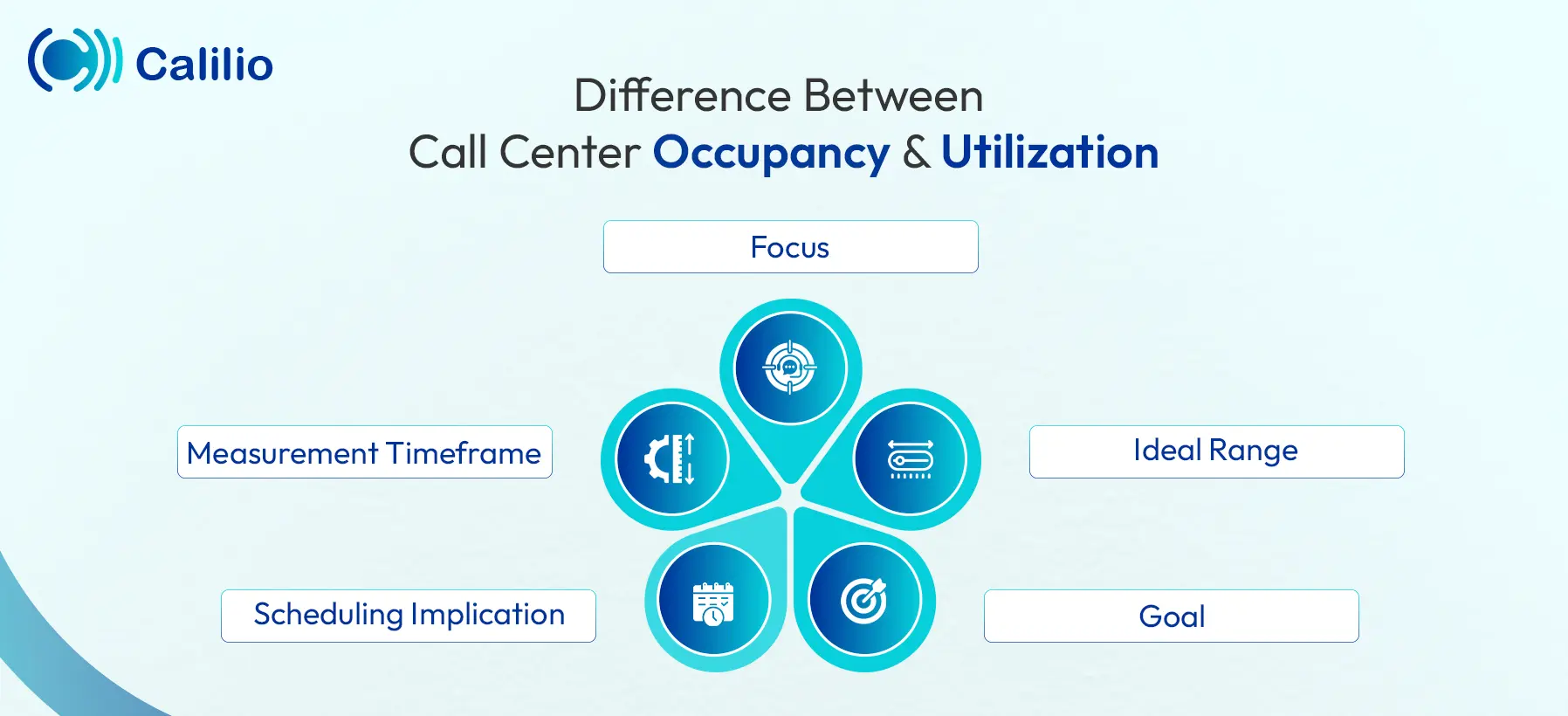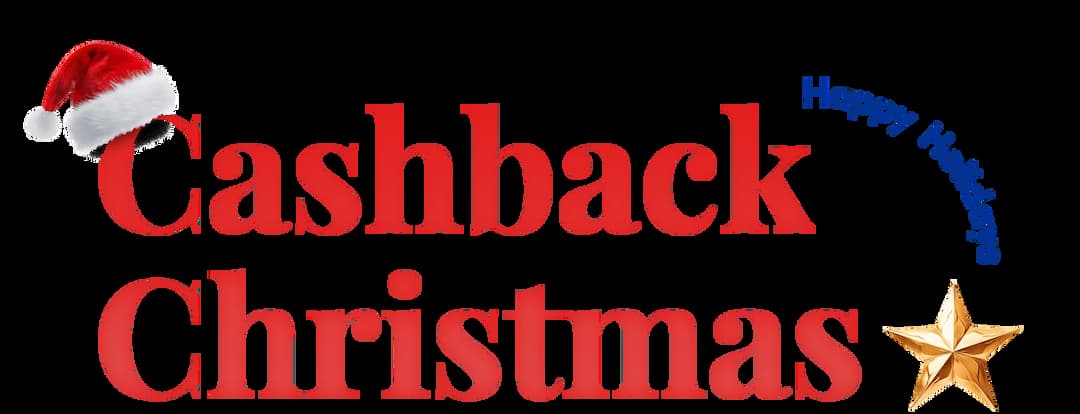Call Center Occupancy vs. Utilization: Key Differences

Effective call center management relies on key performance metrics that provide insight into agent productivity and service quality. Among these metrics, call center occupancy and utilization are two of the most commonly used. While both are designed to assess how effectively agents are managing their time, they focus on different aspects of agent activity.
Call center occupancy focuses on the time agents spend actively handling calls, while utilization looks at the total productive time, including calls and other non-call tasks. Understanding these differences helps you optimize your call center's efficiency, reduce wait times, and improve both agent and customer satisfaction.
In this blog, we’ll explore the differences between call center occupancy vs. utilization, how to calculate them, and which one is most beneficial for your call center’s success.
Key Highlights:
Call center occupancy measures the time agents spend on calls, while call center utilization includes both call time and other tasks, showing a complete view of productivity.
Call center occupancy is calculated by dividing the time spent on calls by the total available time, and then multiplying by 100.
Call center utilization is calculated by dividing total productive time (calls and non-call tasks) by total available time, and then multiplying by 100.
Occupancy is ideal between 70%-85%, and utilization is best between 85%-95%, depending on tasks and industry needs.
Track occupancy for managing live call performance and utilization for long-term productivity and workload balance.
Understanding Call Center Occupancy
Call center occupancy reflects the percentage of time an agent spends on actual calls with customers, compared to the total time they are available for work. Essentially, it tells you how much of an agent’s day is spent directly assisting customers.
A higher call center occupancy rate indicates agents are spending more time on calls, but too high a rate may lead to burnout or negatively impact call quality. On the other hand, a low occupancy rate suggests agents have too much idle time, resulting in wasted resources and underutilization.
Calculating Call Center Occupancy
To calculate the call center occupancy rate, divide the time agents spend on calls by their total available working hours and multiply by 100.
Formula:

Understanding Call Center Utilization
Call center utilization is a Key Performance Indicator (KPI) that measures the total productive time an agent spends on both calls and other important tasks during their shift. This includes time spent on customer calls, after-call work, training, administrative tasks, and any other job-related duties.
Tracking utilization helps ensure that agents are effectively managing their time across all tasks. However, as with occupancy, too high a utilization rate can lead to overwork, potentially causing stress and reducing the quality of service.
Calculating Call Center Utilization
To calculate call center utilization, divide the total productive time agents spend on tasks (including calls and non-call work) by the total time they are available for work, and then multiply the result by 100.
Formula:

Difference Between Call Center Occupancy and Utilization
Call center occupancy measures the time agents spend on actual calls, while utilization tracks the overall productive time, including calls and other after-call work and administrative duties. While these terms may seem similar, they measure different aspects of an agent's time and productivity.
Here’s a breakdown of the key differences between call center occupancy and utilization.

1. Focus
Call center occupancy primarily measures the percentage of time agents are actively engaged with calls. This includes talk time, hold time, and after-call work (ACW).
On the other hand, call center utilization measures the total productive time an agent spends during their shift. This includes time spent on calls and non-call tasks such as meetings, training, and administrative work.
2. Ideal Range
The ideal range for call center occupancy is usually between 70% and 85%, depending on the call center’s type and workload. If occupancy is too low, it may indicate agents aren’t being fully utilized, while a very high rate could mean they’re overwhelmed, with no time for breaks or after-call work.
For call center utilization, the ideal range is typically 85% to 95%, though this can vary based on the agent's tasks. If utilization exceeds this range, it signals call center burnout, where agents are being overburdened by too many tasks.
3. Goal
The goal of occupancy is to make sure agents are engaged and actively working on calls. It ensures that there’s uniform call distribution among agents and no wasted time.
Utilization, however, is more about maximizing productivity across the board. The goal is to ensure that agents are not only busy on calls but also engaged in other tasks, like after-call work and administrative duties.
4. Scheduling Implication
Occupancy is helpful for making real-time adjustments in staffing. For example, if agents aren’t able to spend enough time on calls, more staff might be needed. If occupancy is too high, agents might need to be given breaks.
In contrast, call center utilization helps with long-term planning. It lets managers understand how agents are using their time over a longer period. This insight helps in task assignment, training schedules, and employees' workload management.
5. Measurement Timeframe
Occupancy is often measured in short intervals, such as every hour or during each shift. It provides a quick snapshot of how agents are handling calls in real-time.
Whereas utilization is tracked over a longer period, such as daily, weekly, or even monthly. This gives a clearer picture of how agents are spending their entire workday, allowing managers to identify patterns and areas for improvement.
Here’s a quick comparison between call center occupancy and utilization:
Aspects | Call Center Occupancy | Call Center Utilization |
Focus | Measures time spent on active calls | Measures total productive time, including calls and non-call tasks |
Ideal Range | 70%-85%, depending on call center type and workload | 85%-95%, but can vary by tasks or industry |
Goal | Ensures proper staffing and prevents burnout | Looks at how efficiently an agent uses their work hours |
Scheduling Implication | Used for real-time staffing adjustments | Helps with long-term planning and workload balance. |
Measurement Timeframe | Measured in short intervals (e.g., hourly) | Measured over longer periods (e.g., daily, weekly) |
Track the Right Performance Metrics and Enhance Your Call Center’s Productivity with a Smarter Call Center Solution
Call Center Occupancy vs. Utilization: When to Track Each Metric?
Deciding whether to prioritize occupancy or utilization depends on the specific goals and operational needs of your call center. If your focus is on call engagement and ensuring agents are actively speaking with customers, track the occupancy rate. For optimizing overall agent productivity, including both call and non-call tasks, monitor the utilization rate.
Track Occupancy When:
- You need to track how much time agents are actually spending on calls with customers.
- Quick adjustments are needed to ensure efficient call routing and availability.
- You want to reduce wait times during peak hours.
Track Utilization When:
- You want to understand how agents are spending their time throughout the day.
- You need to ensure workloads are balanced across various tasks.
- You are looking for long-term performance insights.
Conclusion
Understanding the difference between call center occupancy and utilization is essential for optimizing operations. Occupancy focuses on how much time agents spend on calls, while utilization gives a broader view of their overall productivity, including after-call tasks.
Tracking both metrics together allows you to make smarter staffing decisions, balance workloads, and ensure high service quality. By focusing on the right performance indicators, you can create a call center that not only meets operational goals but also keeps both agents and customers satisfied.

Get Cashbacks Up to 43% Straight To Your Wallet!
Unlimited Virtual Numbers – Local, Mobile & Toll-Free from 100+ Countries
Free Local Phone Number from US or Canada
Crystal-Clear Calls Starting at Just $0.0153/min
24/7 Human Support – Because Great Service Never Takes a Holiday


Frequently Asked Questions
Can a call center track both occupancy and utilization simultaneously?
Yes, a call center can track both agent utilization and occupancy simultaneously. Tracking both metrics provides a detailed view of agent performance, helping managers optimize efficiency and balance workloads.
Can occupancy and utilization rates vary by industry?

Still have questions?
Can’t find the answer you’re looking for? Please chat with our friendly team.
Stay in the loop
Get the latest call insights, trends, and updates delivered straight to your inbox.
By subscribing, you agree to receive updates from Calilio.
You can unsubscribe anytime.